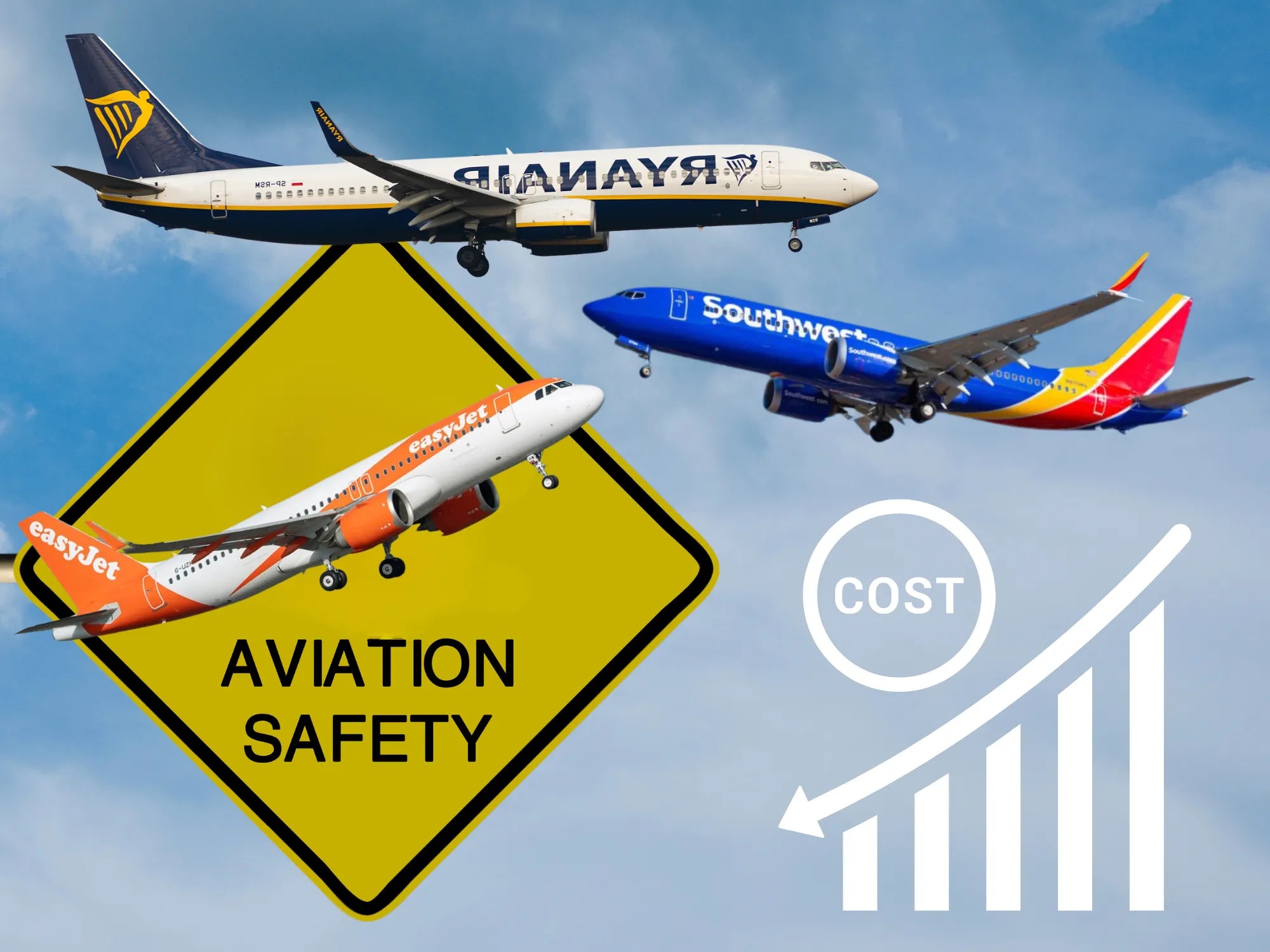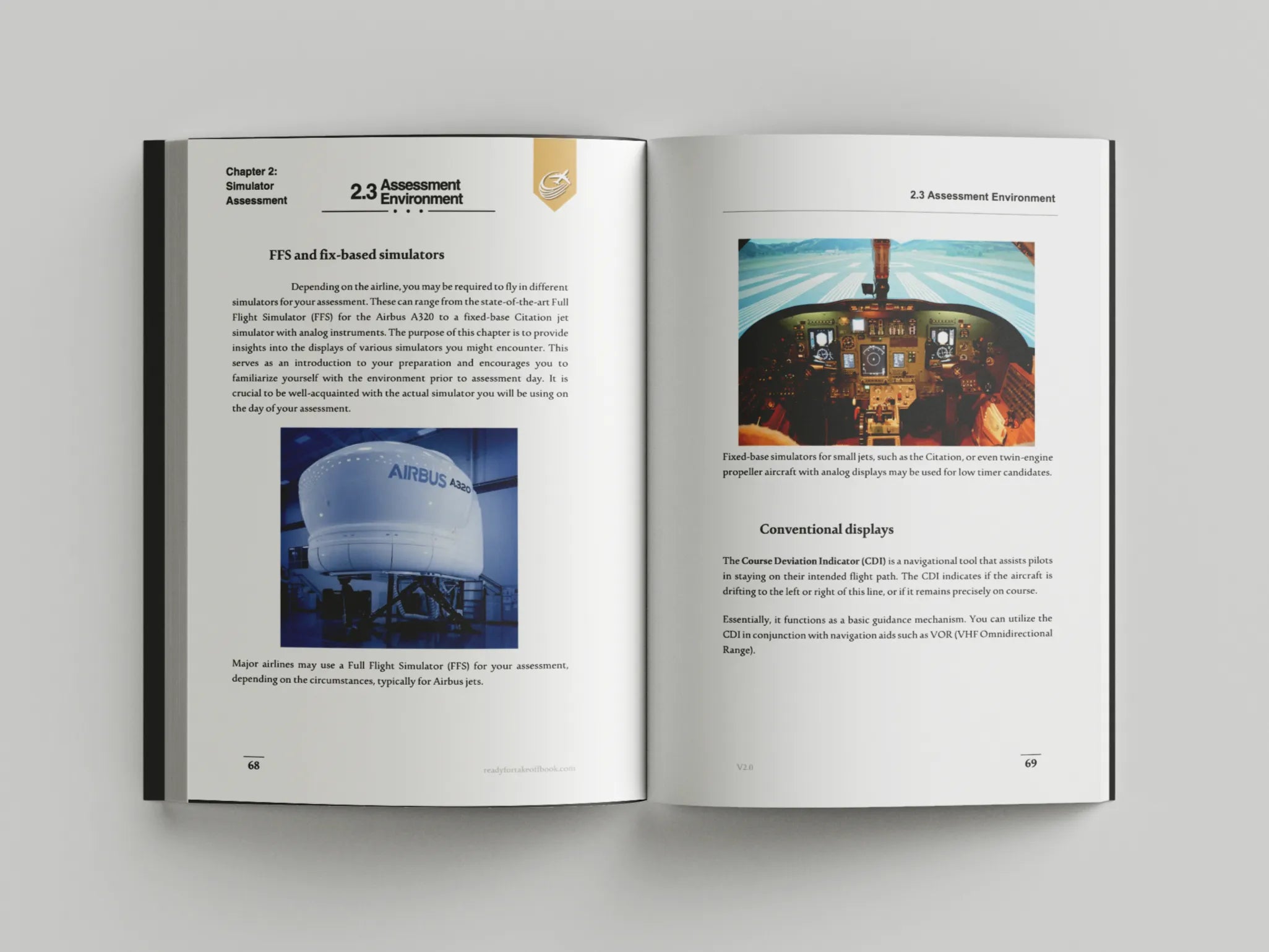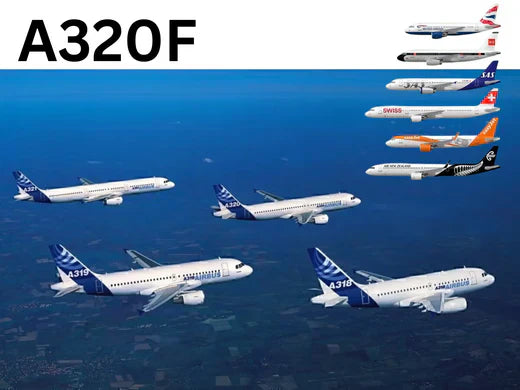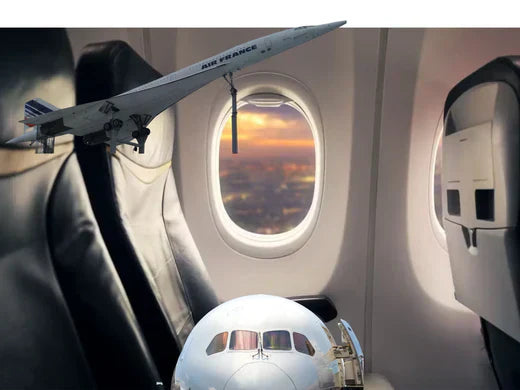Introduction
The airline industry is divided into two main categories: low-cost carriers (LCCs) and legacy airlines. Each offers distinct advantages and caters to different types of travelers. We will analyse and explain the key differences between low-cost and legacy airlines, examining aspects such as pricing, services, passenger experience, and more.
Defining Low-Cost and Legacy Airlines
Low-Cost Airlines
Low-cost airlines, also known as budget airlines or no-frills carriers, focus on providing basic air travel services at the lowest possible price. They achieve this by minimizing operational costs and offering fewer in-flight amenities. Popular low-cost airlines include Southwest Airlines, Ryanair, and EasyJet.
Legacy Airlines
Legacy airlines, often referred to as major airlines, have a long history and established reputations. They offer a wide range of services, including multiple cabin classes, frequent flyer programs, and comprehensive in-flight amenities. Examples of legacy airlines include American Airlines, British Airways, and Lufthansa.
Key Differences Between Low-Cost and Legacy Airlines
1. Pricing Structure
Low-Cost Airlines: Low-cost carriers are renowned for their competitive pricing. They typically offer lower base fares but charge additional fees for services such as checked baggage, seat selection, and onboard meals. This à la carte pricing model allows passengers to pay only for the services they need.
Legacy Airlines: Legacy airlines usually have higher base fares that include various services. The ticket price often covers checked baggage, in-flight meals, and seat selection. While the initial cost may be higher, the overall experience includes more comprehensive services.
2. Route Networks
Low-Cost Airlines: Low-cost carriers tend to operate on point-to-point routes, focusing on high-demand destinations and secondary airports to reduce landing fees and operational costs. This approach allows them to offer more direct flights and avoid congested hubs.
Legacy Airlines: Legacy carriers operate extensive hub-and-spoke networks, connecting passengers through major hub airports. This system enables them to offer a wider range of destinations, including international routes, and provide seamless connections for long-haul travel.
3. Service and Amenities
Low-Cost Airlines: The service model of low-cost airlines is minimalistic. Passengers can expect limited in-flight services, and amenities such as meals, entertainment, and extra legroom come at an additional cost. The focus is on quick turnaround times and maximizing aircraft utilization.
Legacy Airlines: Legacy airlines offer a higher level of service, including multiple cabin classes (economy, premium economy, business, and first class), complimentary meals and beverages, in-flight entertainment, and amenities like blankets and pillows. They prioritize passenger comfort and a more personalized travel experience.
4. Frequent Flyer Programs
Low-Cost Airlines: Many low-cost carriers have loyalty programs, but they are often less comprehensive than those of legacy airlines. These programs typically offer basic rewards such as points for future flights and occasional discounts.
Legacy Airlines: Legacy carriers have well-established frequent flyer programs with extensive benefits. Members can earn and redeem miles for flights, upgrades, and other services. These programs often include elite status tiers with perks like priority boarding, lounge access, and additional baggage allowance.
5. Flexibility and Refund Policies
Low-Cost Airlines: Low-cost airlines generally offer lower flexibility in terms of ticket changes and refunds. Most budget fares are non-refundable and come with high fees for changes. However, some carriers provide flexible fare options at a higher price.
Legacy Airlines: Legacy carriers typically offer more flexible fare classes, allowing passengers to change or cancel their tickets with minimal fees, especially in higher fare categories. Refundable tickets and travel insurance options are also more readily available.
6. Airport Services and Lounges
Low-Cost Airlines: Low-cost carriers usually operate out of secondary airports or less congested terminals within major airports to save on costs. They often do not offer exclusive lounges or premium airport services.
Legacy Airlines: Legacy airlines operate out of major airports and provide access to exclusive lounges, priority check-in, and other premium services. These facilities enhance the overall travel experience, especially for business and first-class passengers.
7. Operational Efficiency
Low-Cost Airlines: Low-cost carriers emphasize operational efficiency. They use a single aircraft type to simplify maintenance and training, employ quick turnaround times to maximize aircraft utilization, and implement cost-saving measures wherever possible.
Legacy Airlines: Legacy airlines operate diverse fleets to serve various routes and passenger needs. While this allows for greater flexibility, it also results in higher operational costs. They focus on balancing efficiency with comprehensive service offerings.
Impact on Passenger Experience
The differences between low-cost and legacy airlines significantly impact the passenger experience. Travelers seeking the lowest possible fare and who do not mind paying for additional services may prefer low-cost carriers. On the other hand, those looking for a more comfortable and comprehensive travel experience, with included amenities and services, might opt for legacy airlines.
Choosing the Right Airline for Your Needs
When deciding between low-cost and legacy airlines, consider factors such as your budget, travel preferences, and the importance of in-flight amenities and services. For short-haul flights or budget-conscious travel, low-cost carriers can provide significant savings. For long-haul flights or trips where comfort and convenience are priorities, legacy airlines may be worth the higher fare.
Conclusion
Both low-cost and legacy airlines have their unique advantages and aim at different types of travelers. Understanding the key differences between these two types of carriers can help you make an informed decision based on your travel needs and preferences. If you want to apply as a pilot to either a legacy or a low cost airline, check out our book to prepare for the assessment. Whether you prioritize cost savings or a comprehensive travel experience, there is an airline option that will suit your requirements.
























